Discover the elegance of Florence, discover the elegance of Villa Corliano’s wine
We can’t wait to meet you at BuyWine at our desk #251 next Friday and Sunday to taste Villa Corliano’s Wines together.
Enjoy BuyWine and not only.
While you are in Florence take advantage of experiencing the real Tuscan lifestyle. Don’t be just a tourist, feel like a local. Discover unusual sites and the best food from our culinary tradition. Villa Corliano welcomes you to an unexpected Florence. Find out what this city offers far more any guidebook can suggest.
Unexpected Florence
The Robes Of St Francis – Chiesa di Ognissanti
Founded in 1256, the Franciscan Chiesa di Ognissanti, hosts paintings by Ghirlandaio. In the refectory is Ghirlandaio’s Last Supper, which proved such an inspiration for Leonardo. Giotto’s Madonna and Child With Angels resides above the main altar, and a crucifix has recently been attributed to him. There are also works by Botticelli, who is buried in the south transept. Amidst these wonders, in an unmarked side chapel, are the robes believed by many to be those worn by St Francis when he received the stigmata on Mount Verna in 1225 (distinct from the robes in the Basilica of Santa Croce). They are simply displayed, and easily overlooked, and rarely mentioned in any tourist guide.
From mytravelintuscany.com

Michelangelo’s First Works – Casa Buonarroti
Like his predecessor Leonardo, Michelangelo towers over the world of art. Yet every genius has a beginning. On the Via Ghibellina stands the Casa Buonarroti, a conglomeration of three houses once owned by Michelangelo Buonarroti. Some of the maestro’s works on display are a slave intended for Julius II’s tomb, a small cartoon of the Madonna and Child, as well as numerous paintings and some 250 sketches. The library alone contains over 10,000 volumes, which include many letters by Michelangelo, plus family archives. Amongst the homage to the artist and his times is an eclectic collection of work by his descendants.
The scope of Michelangelo’s genius is hinted in a small marble bas-relief, The Madonna of the Steps, carved between 1490-92 when he was only 15 or 16. Many see the influence of Donatello in this work. At the time Michelangelo lived in the Medici household, where the sculpture garden displayed newly discovered ancient works. This influence can be seen in his Battle of the Centaurs, with the male torso twisted in a muscular tension which became a dominant theme in both his sculpture and paintings. As with his later works, Michelangelo contrasts rough marble with the highly finished sculpture.
From mytravelintuscany.com

The Painting finished by an Angel – Basilica della Santissima Annunziata
In the 14th C the church in the piazza commissioned The Annunciation from the Dominican friar and artist Fra Bartolomeo. A master of sfumato, in his paintings Fra Bartolomeo combined his religious beliefs with a fresh realism and emotional depth, and during his lifetime his paintings decorated churches and monasteries across Florence, Venice and Lucca.
While working on The Annunciation, Fra Bartolomeo struggled to achieve an ethereal beauty for the Virgin’s face. Despairing of ever finishing the painting, legend holds the friar fell asleep, only to awaken and see an angel completing his work.
Touched by this miracle, the fame of the painting rapidly spread. So many thronged to view the miraculous painting that in 1444 the Medici bank-rolled the Basilica della Santissima Annunziata, designed by Brunelleschi, to replace the church.
Time, centuries of exposure and poor restorations have not been kind to The Madonna. Today the miraculous Annunciation rests in a side chapel, usually obscured by oil lamps, candles and votive offerings – many a bride leaves her bouquet here, seeking the blessing of Our Lady.
From mytravelintuscany.com
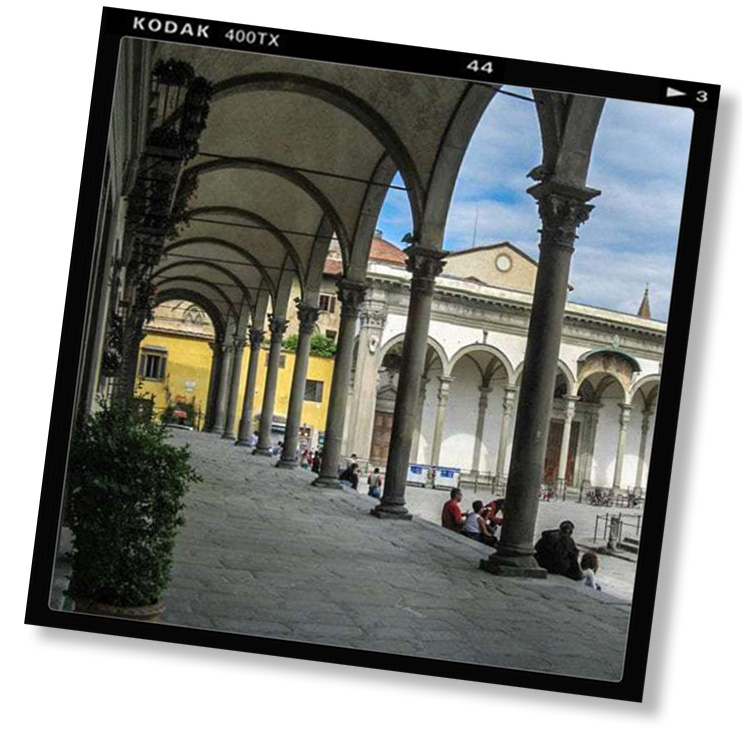
Visit an ancient herbalist
However, seeking for unusual things to do in Florence, why do not try with a different sense as the scents? Despite this surfeit of wonders, Florence’s past still lives. Take a look at some specialty shops that you can find all over the center – whether selling books, ceramics or even furniture.
The workshops of art restorers line the backstreets near the Uffizi. Near the Santa Maria Novella, at no. 16 Via Della Scala, is the Officina Profumo-Farmaceutica di Santa Maria Novella. Established by Dominican friars in 1221, it is one of the world’s oldest pharmacies. Open the door, and whisked away by intoxicating scents. Perfumes, lotions and remedies are still made to ancient receipes. Other ancient herbalists are to be found near the Piazza della Signoria, at Via Vacchereccia 9r, and Via Calimala 4r.
From mytravelintuscany.com
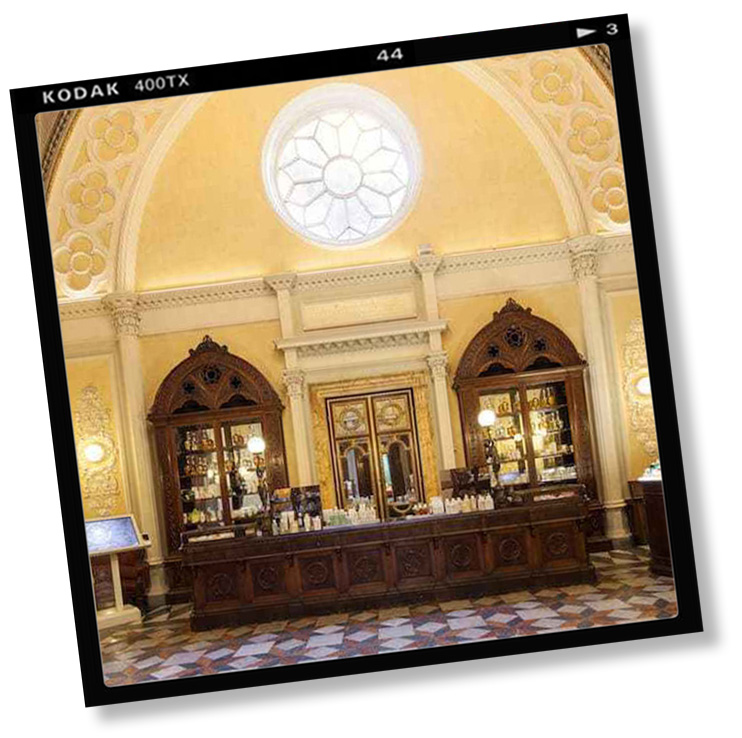
The Bull of Santa Maria del Fiore
This strange bovine gargoyle is said to have been put in place as form of passive aggressive revenge. Santa Maria del Fiore, the great cathedral of Florence, hides many details often invisible at first glance. Among them, precisely on the left side of the cathedral, in the direction of the street “Via Ricasoli,” there is a stone bull’s head propped up on one of the capitals, and the story behind its creation may be even stranger than the piece itself.
From atlasobscura.com
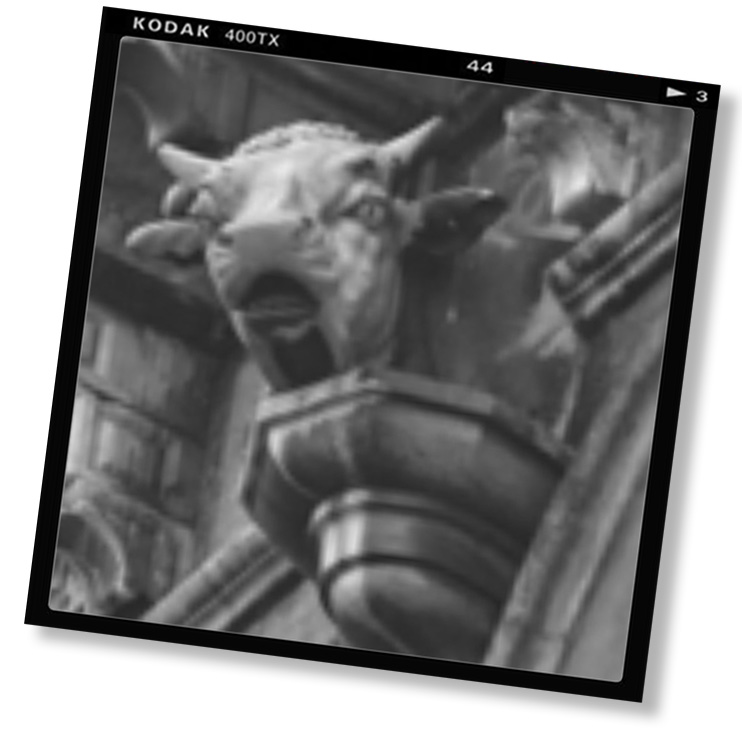
L’Importuno di Michelangelo
As everyone knows there are many works by Michelangelo in Florence: the David at Accademia, the sculptures of Medici Chapels, Tondo Doni at Uffizi just to name a few. And in Piazza della Signoria, right in front of the entrance to the Old Palace, stands a perfect copy of his gigantic David.But only few know that there may be a hidden Michelangelo’s work just nearby, perfectly conserved on a brick stone of Palazzo Vecchio. Behind the statue of Hercules and Caco by Baccio Bandinelli, on the right side of the entrance of Palazzo Vecchio, if you look the bricks on the right, towards the corner, almost at ground level, you will see the profile of a man, roughly carved in the stone.A legend says that Michelangelo, when walking through the square on his way to create one its masterpieces, was often stopped by a lunatic man with nonsense chatters. So one day Michelangelo, standing by the wall of Palazzo Vecchio, bored and pretending to listen to the man, made with his chisel the portrait of this annoying person with his hands behind his back. After many centuries the figure is still there and is known as the importuno, the annoying one.As with all legends is hard to know where the truth really is, but when you are on your way to the Uffizi Gallery you may want to look yourself if the portrait could really have been made by Michelangelo.
From kissfromitaly.com
Find more on atlasobscura.com
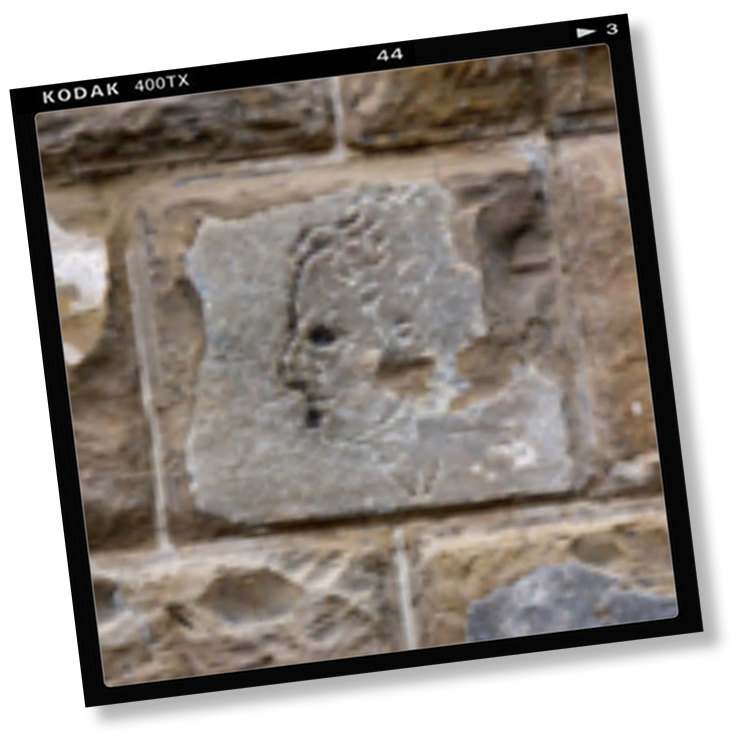
Michelangelo’s Hidden Drawings
The doodles of a genius line the walls of a secret room under the Medici Chapel.
Find more on atlasobscura.com

Florence Street Sign Art
While traveling through Florence, you may notice something a little unusual about the street signs. Though all the other historical architecture and beauty around you may distract you from paying much attention to the street signs, (especially if you’re traveling on foot) it’s worth paying attention. The signs are a virtual pop art exhibition. An artist by the name of Clet Abraham living in Italy for over 20 years, has been enhancing Florence’s visual experience by altering the traffic signs adding stickers and secretly creating humorous scenes out of the ordinary signage posted all over the city. Since the stickers are removable, his artwork is often short-lived but not unnoticed or unappreciated. He has created some controversial works of art as well but it’s mostly received with great admiration. Over the years, the municipality has come to accept his work and it is slowly becoming quite a tourist attraction. Clet actually has a studio in Via Dell’Olmo where you can buy stickers and see more of his work. Whether or not you have children with you, discovering the hidden treasures created by Clet is an enjoyable experience for all.
Find more on escapehere.com
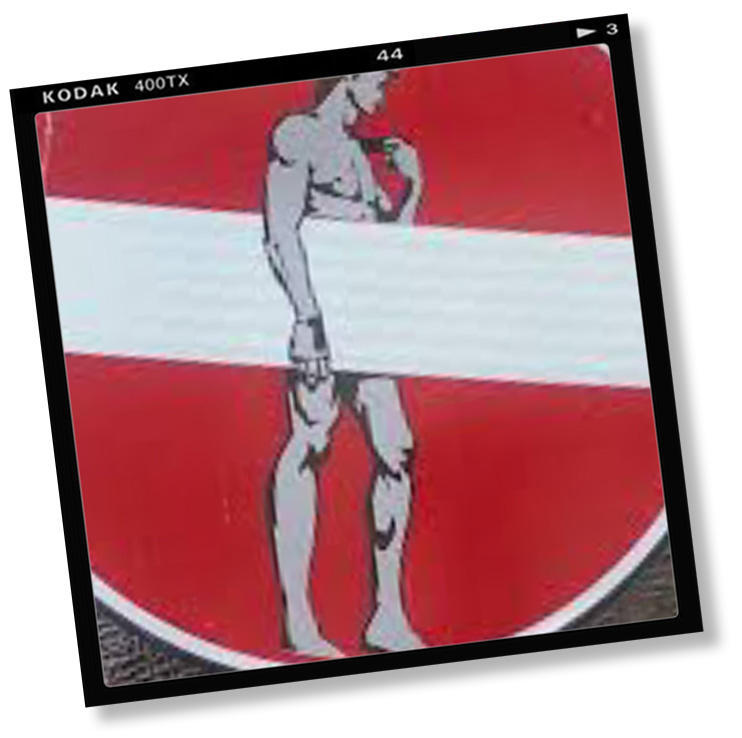
Fontana del Porcellino – the Fountain of the Piglet
The Fountain of the Piglet is a popular attraction in Florence, situated near Loggia del Mercato Nuovo, walking towards the Old Bridge. It is interesting that the name is inaccurate because the sculpture depicts a wild boar. Cosimo I de Medici received the original as a gift from Pope Pius IV and today it is displayed in the Uffizi Gallery. A bronze copy was created in the beginning of the 17th century. It is said that you need to rub the boar’s snout, then put a coin in his jaws and see if it falls with running water through the bars at the bottom or hangs over them. If the coin falls through the bars – it foreshadows success.
Find more on unseentuscany.com

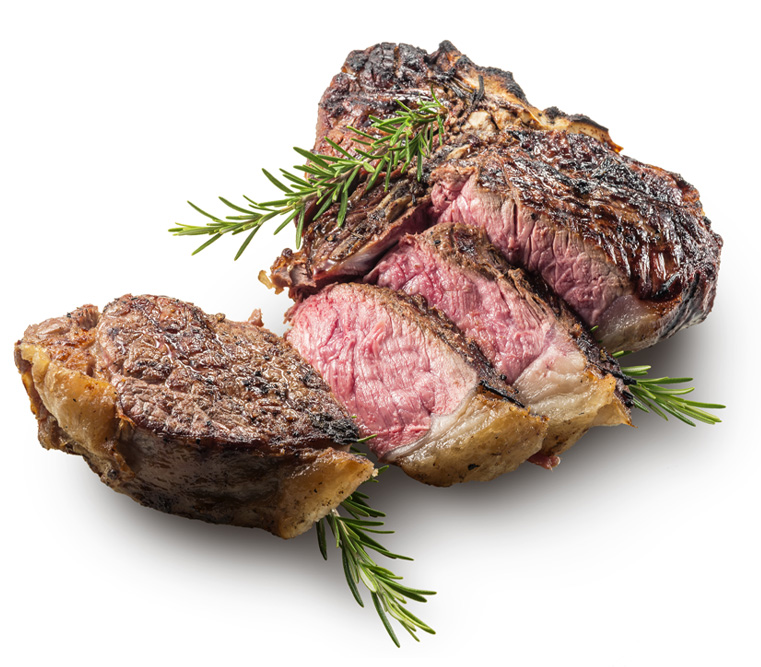
Eat Like A Local
Lampredotto seek out a traditional trippaio (tripe food stand). These offer a range of hot and cold choices, including the traditional lampredotto sandwich, once an inexpensive meal for the working classes. The fourth stomach of the cow is cooked in broth with herbs and tomatoes, thinly sliced then placed on a broth-soaked bun with a choice of accompanying sauces. This is one of the many things to do in Florence that instead involves palate!
Ampong the other you can’t miss to taste
Bistecca alla Fiorentina (beefstek Florentine style).
Ribollita (cabbage-and-bean soup with stale Tuscan bread).
Pappa al pomodoro ((Thick tomato and bread soup prepared with fresh tomatoes, bread, olive oil, garlic, basil).
Coccoli (bread dough fritters).
Schiacciata alla Fiorentina (a delicious spongy cake, popular around Carnival time in February).
Cantucci e Vinsanto (almond cookies and Vinsanto).
Numbers of aid and emergency:
Public aid of emergency: 113
Highway Police: 24 hours service Tel +39-055-503251
Carabinieri: 112
National Fire Department: 115
Ambulance: 118
Street aid Aci: 116
Municipal Police: Tel +39-055-3283333 e +39-055-32831


